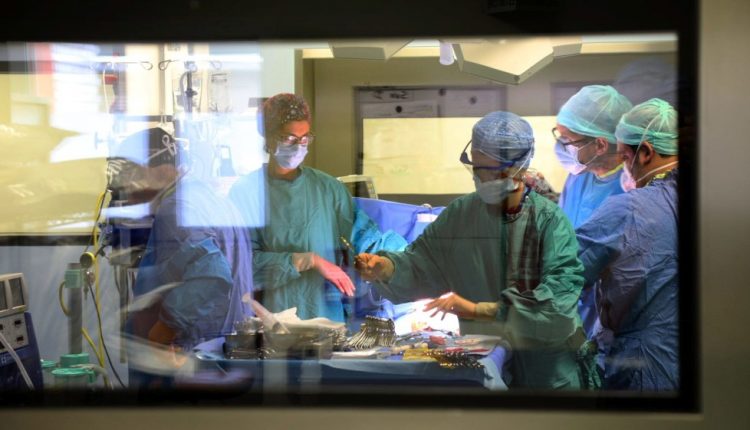
Minimally invasive cardiac surgery: what is meant by MIS (or MICS)
Some cardiac surgery procedures can be performed using a minimally invasive technique. Minimally invasive cardiac surgery (MIS or MICS) aims to perform a procedure which, while maintaining the same quality and safety as a traditional approach, reduces surgical trauma, pain and possible complications, with a focus on faster functional recovery and a better aesthetic outcome
Most patients who are candidates for this type of surgery can now rely on safe and effective operations; however, an evaluation of the pre-operative profile is essential in order to better plan the operation and assess its technical feasibility.
DEFIBRILLATORS, VISIT THE EMD112 BOOTH AT EMERGENCY EXPO
What are the main approaches to minimally invasive cardiac surgery?
Depending on the type of intervention, the procedure can be performed through a right mini-thoracotomy of about 5 cm, for access to the mitral and/or tricuspid valve, and all pathology pertaining to the atrial cavities (interatrial defects, pervious foramen ovale, etc.) or a left mini-thoracotomy for pathology pertaining to the left ventricle (coronary artery disease, implantation of stimulating electrodes, etc.).
Pathology affecting the aortic valve and/or ascending aorta can be approached through a mini-sternotomy, which limits the opening of the sternum to about half its length, preserving the stability of the unaffected portion, or through a right anterior mini-thoracotomy.
In all cases of minimally invasive surgery it may be appropriate to isolate the femoral vessels through a small inguinal incision of approximately 3 cm for the establishment of extracorporeal circulation.
What are the advantages of minimally invasive cardiac surgery?
In general, the minimally invasive approach guarantees the same quality and safety as a traditional approach, while reducing surgical trauma, pain and possible complications related to the operation, with particular attention to a faster functional recovery and a better aesthetic result.
The practice of these approaches, which has been going on for more than twenty years in our Centre, allows us to guarantee optimal long-term results, which are comparable to those of traditional surgery.
DEFIBRILLATORS OF EXCELLENCE IN THE WORLD: VISIT THE ZOLL BOOTH AT EMERGENCY EXPO
Is the minimally invasive approach painful or dangerous?
In general, surgery can be associated with various complications such as bleeding, infection, neurological damage, heart failure and peri-procedural infarction.
Other less serious complications include pleural inflammation and effusion, atrial fibrillation, pain, poor appetite, and fever.
Normally the risk of death associated with this procedure is less than 3%, but a risk assessment is necessary for each individual patient, taking into account age, general condition and associated diseases.
However, in selected patients, the minimally invasive approach has been shown to reduce the incidence of some complications, leading to a more rapid return to normal functional activity.
Read Also:
Survive An OHCA – The American Heart Association: Hands-Only CPR Increases Survival Rate
Cardiac Arrest, The EENA Document For Voluntary Rescuers And Citizens


